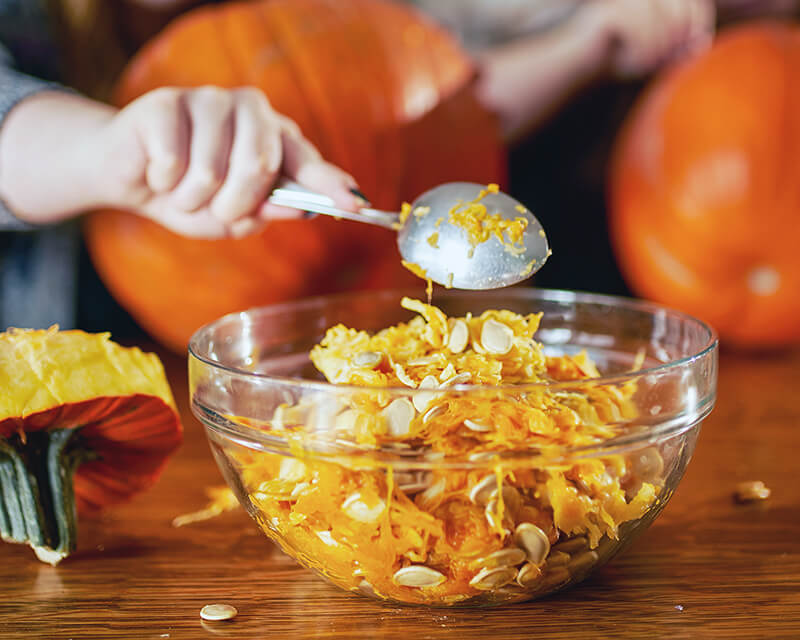
Pumpkins... Not Just For Halloween (Grades 3-5)
Students estimate the size and weight of pumpkins, sprout pumpkin seeds, and make pumpkin pie in a bag.

Students estimate the size and weight of pumpkins, sprout pumpkin seeds, and make pumpkin pie in a bag.
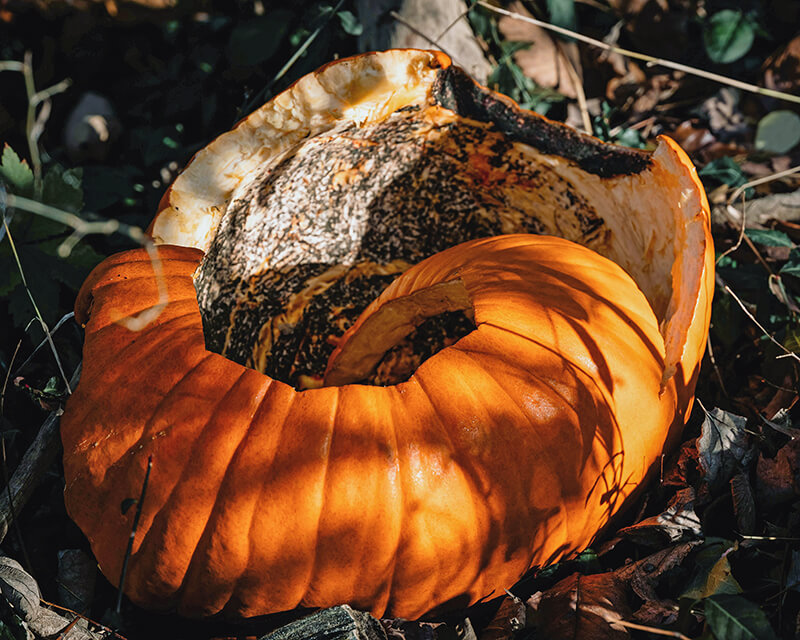
Students investigate the phenomenon of decomposing pumpkins as a part of the plant's life cycle.
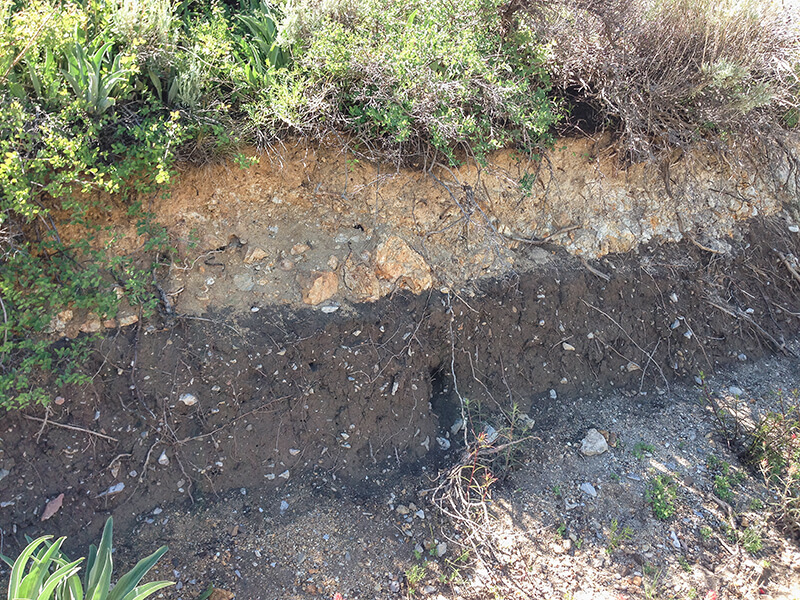
Students discover that topsoil is a nonrenewable resource and use an apple to represent how Earth’s land resources are used. Through critical thinking, students study agricultural land use and consider the sustainability of current land use practices including the use of land to feed and graze livestock animals.
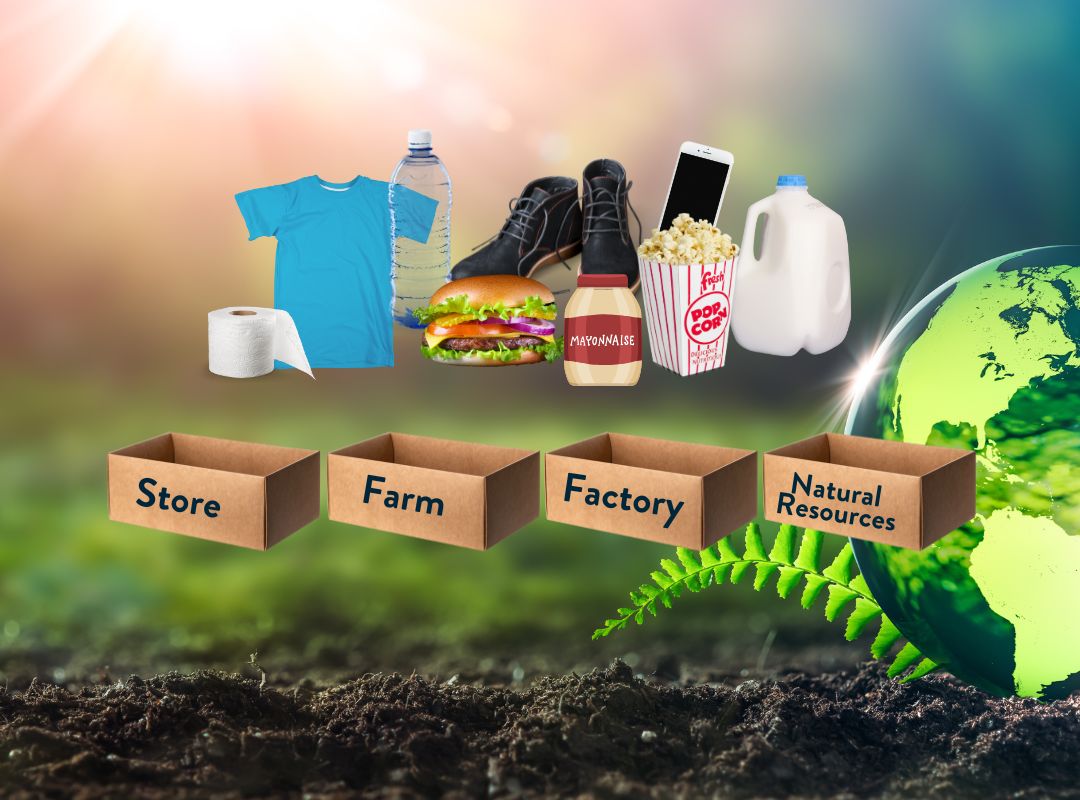
In this lesson students will learn that agriculture provides nearly all of the products we rely on in any given day by participating in a relay where they match an everyday item with its "source."
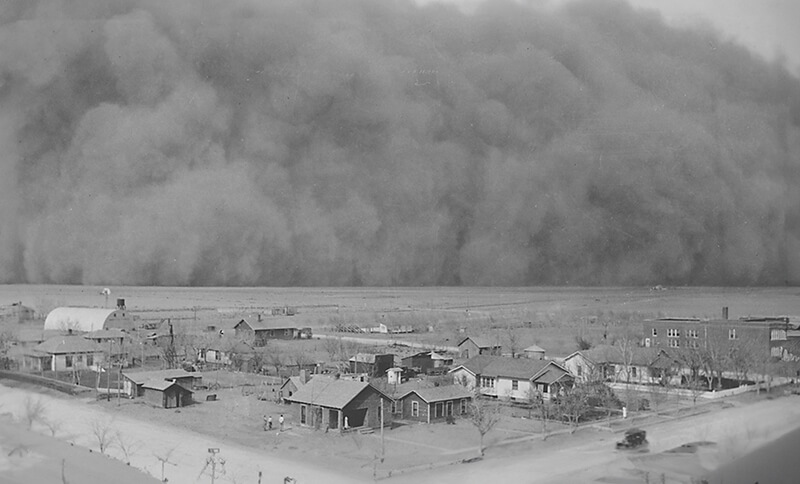
Students examine the modern and historical importance of soil erosion in Utah and on the Great Plains during the Dust Bowl.
Students explain why people have different opinions regarding soil management and identify cause and effect relationships relating to agriculture and the environment.
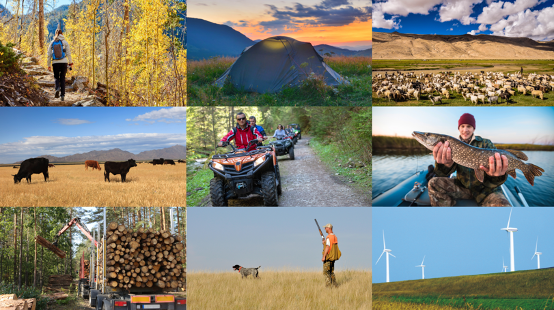
Using various forms of maps, students will analyze public lands in the western United States, describe how ranchers raise food and fiber on federally owned land, and discuss different points of view concerning public lands use and public lands grazing. This lesson covers a socioscientific issue and aims to provide students with tools to evaluate science within the context of social and economic points of view.
Students will explore the origins of food, describe how food waste affects natural resources and the environment, and identify potential solutions to mitigate food waste’s carbon footprint.
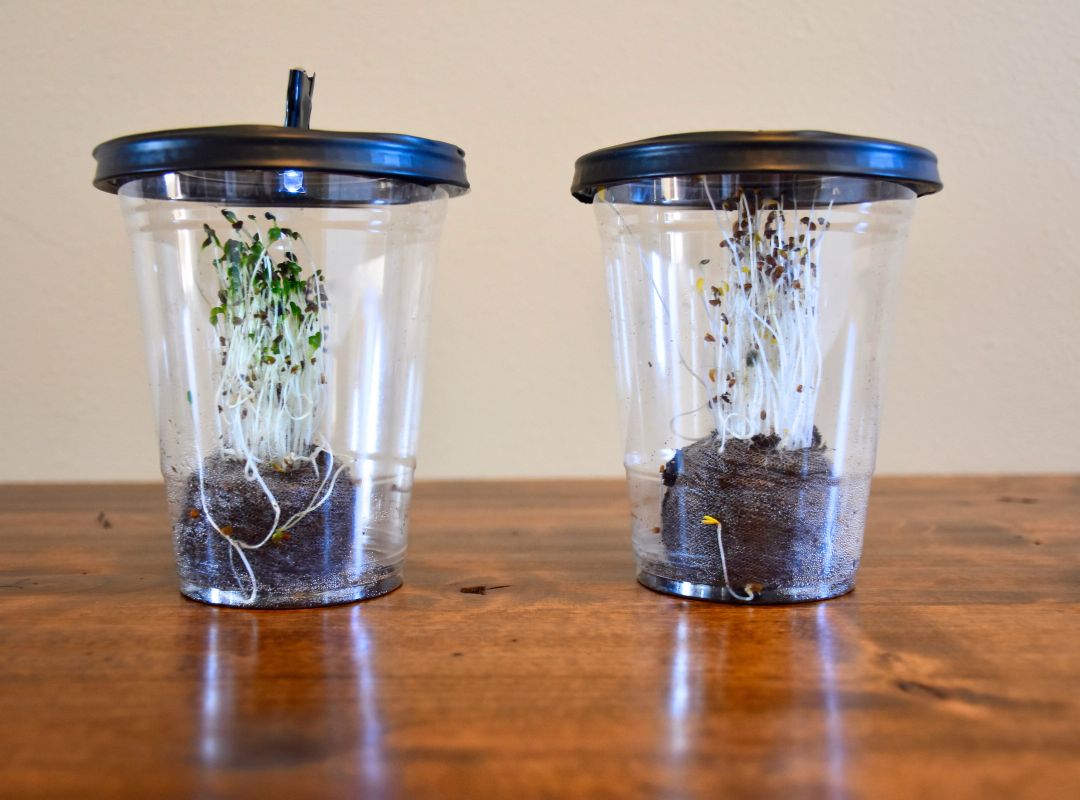
Students investigate the importance of light to plants by creating a desktop greenhouse investigation and exploring the process of photosynthesis.
Students discover how plants use energy from the sun to change air and water into matter needed for growth. Using dairy cows as an example, students investigate how animals obtain energy from the plants they eat to produce milk for human consumption. Further exploration is facilitated by a live virtual visit to a dairy farm or the option of viewing a pre-recorded virtual dairy farm tour.
Students identify what cows and humans need to survive by exploring the physical characteristics of cows and the food, water, shelter, and other environmental needs of cows compared to their own needs. Students also examine how farmers work to meet the needs of their cows.
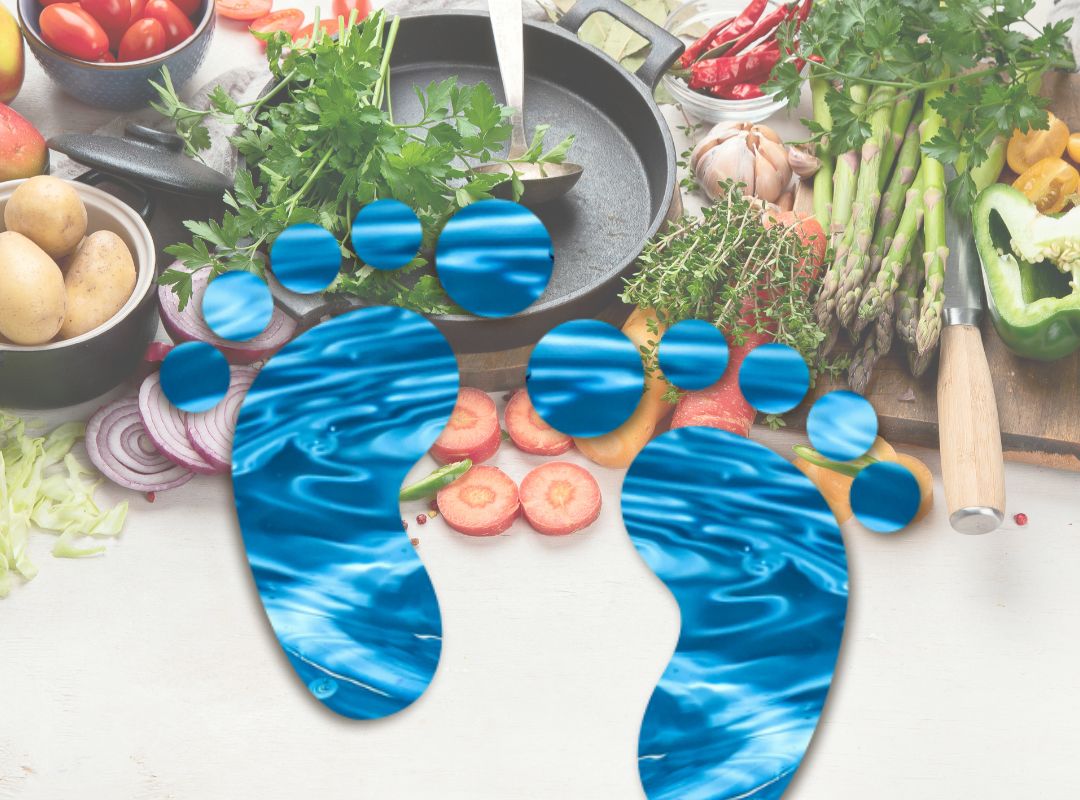
Explore concepts of sustainability by evaluating the water footprint (WF) of food. Students are introduced to irrigation practices throughout the world, consumptive and non-consumptive water use, and investigate the water requirements for various food crops.